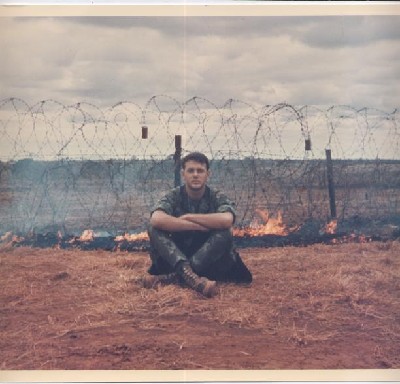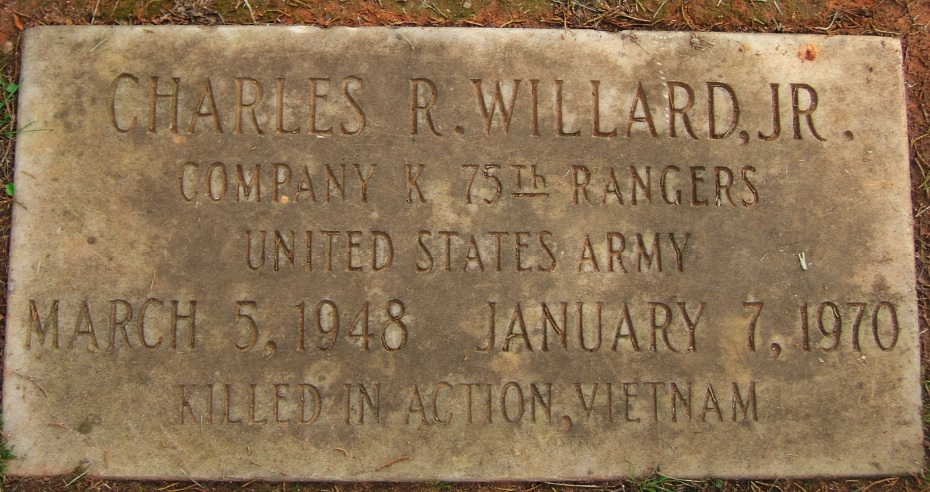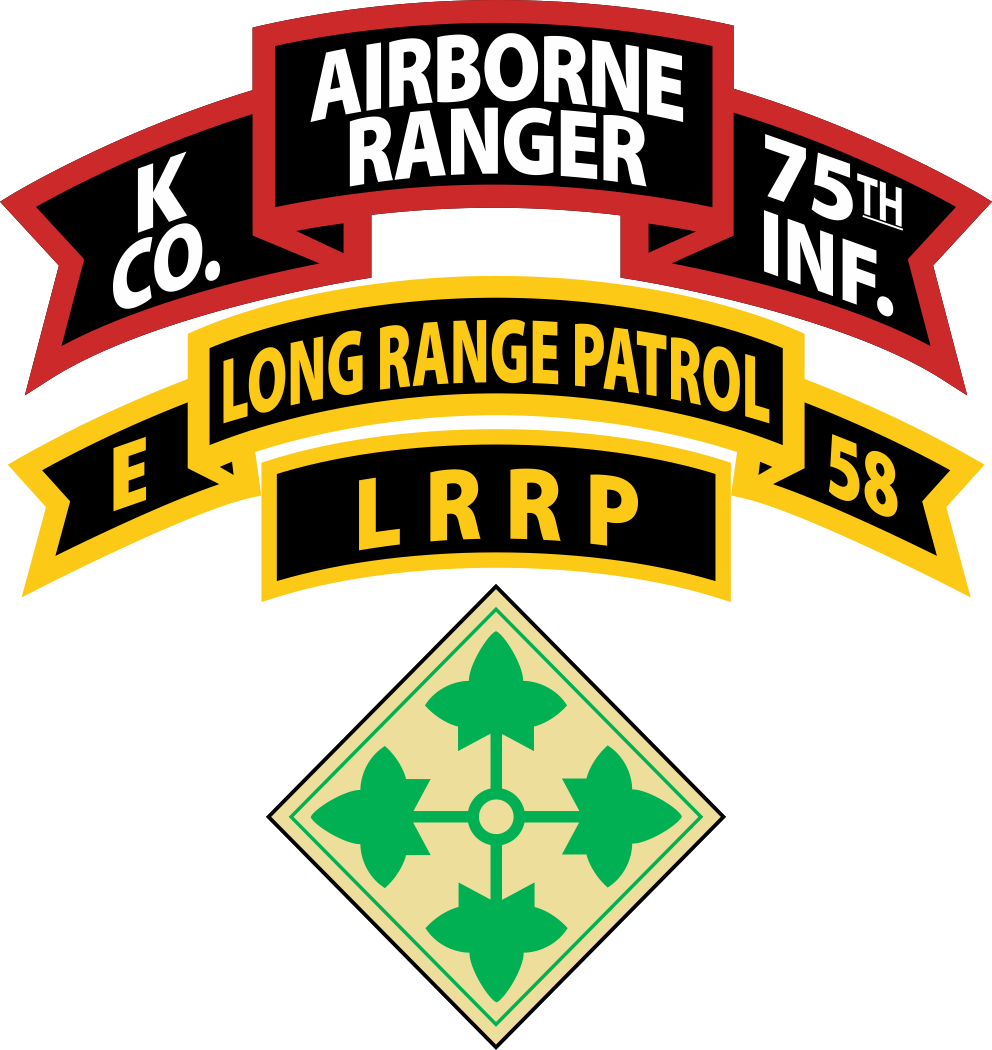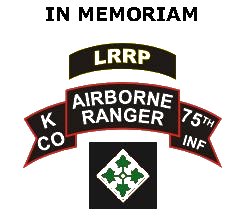
CHARLES RANDOLPH WILLARD JR
March 5, 1948 – January 7, 1970
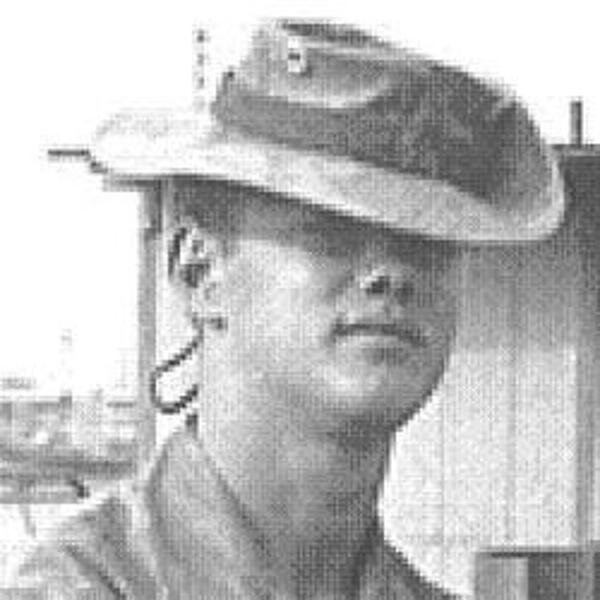
Charles’ father, Charles Randolph Willard (1910-1997) and his mother Mary Lydia Stewart Willard (1914-1998) were married in Charlotte just before Christmas in 1937. Together, they owned the Willard Lead Smelting Company in Charlotte, NC. His father honorably served as a Major in the Artillery Branch of the US Army during WWII. Charles came from a “serving family.” His father’s younger brother Clarence attended a military college in Charleston, SC, The Citadel and served in the WWII in the Navy. Their father also attended The Citadel. The family included two sisters Nancy Randolph Willard Tartt and Lydia Willard Kellett in addition to many cousins. When not in school, Charles and Carlisle worked at the family business, making lead products. The family can long trace their ancestry to England. In the 1960s. an uncle on a trip to England found a stained glass window in Conway Castle on the Welsh border that contained the Willard family name and crest. Charles’ parents had a signet ring made of that crest for him intending a surprise presentation when he returned from his RVN tour. It was not to be.
He went to school at Charlotte Country Day School and graduated in 1966. He was on Varsity Basketball team baseball team and Track team. After graduation, he attended University of NC at Chapel Hill. He left college in his first year and was drafted immediately (1968). He received his Basic Training and AIT Infantry at Ft Bragg, NC. He went on to Jump School at Ft. Benning. With Jump wings pinned on his chest, Charles volunteered, once again, to join the elite Rangers in Vietnam. It was a decision that would ultimately carry with it great sadness, pride and the unending gratitude of many people it affected.
In September of 1969 Charles found himself in the big, bad, Central Highlands of Vietnam and volunteered for assignment to K Co, 75th Rangers and quickly earned the respect of veteran Rangers. Charles was “brought along” slowly, serving on teams in various positions until getting selected to the 4-man Ranger team R-15.
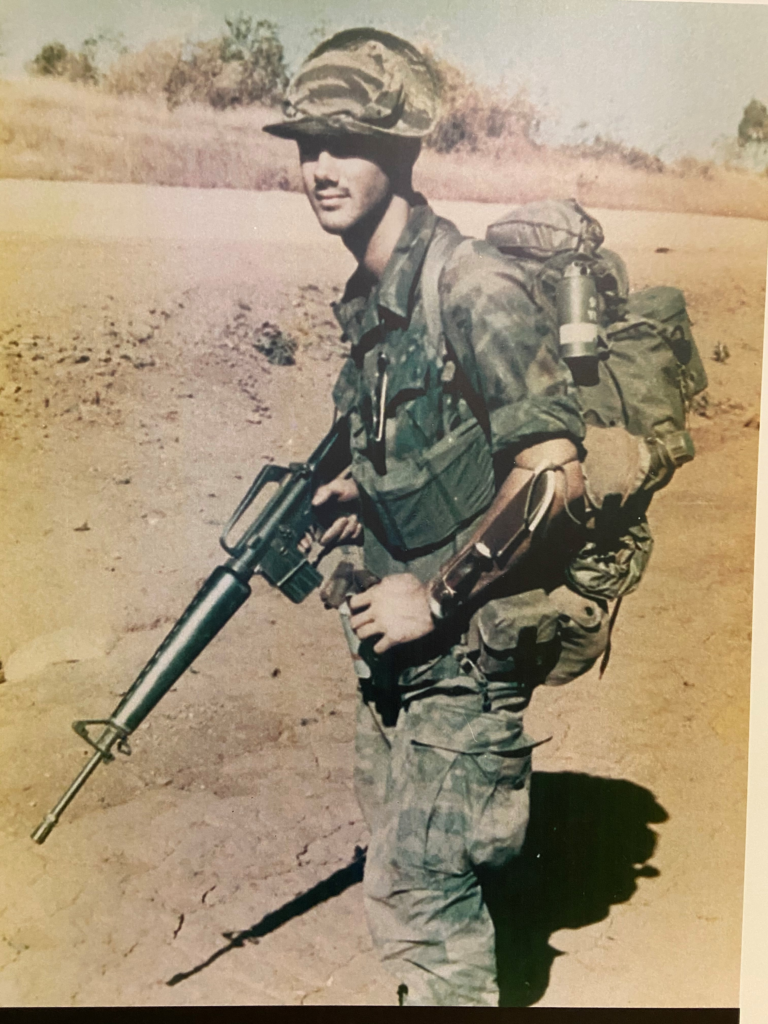
His first Team leader was John Pike of R-20 whose leadership and inspiring Native American heritage caused Charles to write his sister Lydia expressing his admiration. It was not a “one-way street”. Fifty years later, TL John Pike of Tucson, AZ recalled Charles as a fine man and even as a new Ranger quickly demonstrating his courage and reliability under fire when confronted by the enemy. While he was only a member of Pike’s R-20 for a few missions, his teammates remember him well. In 2006, Pike’s ATL Tom Teeples of Black River Falls, WI, wrote “I was a SPC4 at the time, and was Sgt. John Pike’s A.T.L. He and I had run a number of missions together as 1st BDE LRRP’s, and we remained together through the re-designation into K CO. Rangers. As far as the other two members that were on the team that day, I can only recall the name of one. He was Charles Willard, who, as I come to find out later, had unfortunately been KIA on another mission later. The other guy, I can’t for the life of me remember his name. Willard and this guy were new. I believe it may have been their first mission. In any case, it was their first time with Pike and I. We teamed up as Romeo Two Zero and took off together much the same way Pike and I had done on every other mission. Soon we were dropping down to the small clearing we picked out for our insertion. It was quick and all went well. As we moved into the wood line, the choppers could be heard fading off in the distance. We were astonished when not 100 meters in from the LZ a bunker complex loomed before us. If someone had been there we would have had a warm reception. Luckily, they must have decided to take a walk. Everything was fresh and heavily used, with bunkers all over the place. The closer ones we could look right into their entrance. Others in the distance were clearly indicated as humps. Cooking articles and other like objects lay about between them. Pike was a full blood Apache Indian, and he like his ancestors could see things that I could not. But even I knew that day the bad guys hadn’t left home for good, and would be back before long. We snaked our way alongside a trail that led out of the complex, and crossed a small stream that ran north to south toward the big valley. We were not out of the bunker complex to far, when we decided to set up and watch traffic on the trail. Pike instructed the new guys to place out their claymores.
He then began to call in on our situation, it had just started to sprinkle, when the new guys returned and informed us that the trail did not go straight to the West as we had thought, but turned and left us dangerously exposed to a good portion of it. We had to move. Too late, we could hear voices approaching. I drew my rifle up and locked on to the first NVA soldier that came into view, but there were more behind him, and they just kept coming. I believe I lost count around 15 or 20. We waited – silently, trying not to breathe. Then I thought our number was up, when one soldier stopped to reposition a small piece of plastic he was using to keep the rain off. As he did, he looked right at me. And I swear to this day he did see me, but from the grace of God he kept on walking. Pike still held the handset to his ear, he never turned around. He didn’t have to, I’m sure my face told him everything he needed to know, and my heart beat like one of his ceremonial drums back home.
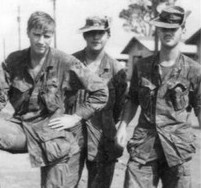
John did pick up a count of his own as they passed us he could see their back side. We also heard more moving into the complex south of us but could not see them. We were surrounded until the last pith helmet disappeared across the creek. They had come less than 20 meters of us, and the only concealment we had going for us was a fresh application of face paint, and camo fatigues. Carefully we moved to the other side of the trail, and at a distance we could safely call in some arty. They had hot steel for supper. We saw no more of them that night or the next day when we were pulled out so a line company could come in and mop up so to speak. I can’t remember ever hearing the damage report. I remember during our debriefing, having a good laugh over the accuracy of our count. We each had a different count of how many we actually seen. We took an average that came to 30 something.
It was a mission that could have been even shorter than it was, and told only by the N.V.A. But for R-20, other missions lay ahead, and more bad guys to hunt down, and this story was ours. I have not heard or seen anything of these team members, with the exception of Charles Willard, whose name is etched on the wall in D.C. where I had a chance to visit a few years ago, and pay my respects to him, and the other brave soldiers who gave their all.”
Charles did not remain long with R-20, for Pike and Teeples year in “Hell” was coming to a close. Both had previously served in 1st Bde LRRPs, 4th Inf Div. prior to the K Co., 75th Ranger inception and both veteran Rangers were heading home, to the “world”. Good men like Charles, already having forged a solid Ranger reputation, were quick to be “picked up” by other teams. In November of 1969, TL Jim Doss needed a good man he could count on for R-15.
Team Leader Spec 4 Luther “Jimmy” Doss of MD, Asst. TL PFC LaRoy Roth of SC, Spec 4 Charles Randolph Willard of NC and team member PFC Mike Lyne of NC formed Romeo-15, a team that seemed to capture lightning in a bottle. They were so well suited in both mission and mind. Their very first mission together was to set an ambush on Nov 25, 1969 20 KM SE of Pleiku. They surreptitiously monitored the foot traffic on trails outside a suspected VC controlled village. They passed up several opportunities because TL Doss reasoned if they continued to surveil, they could wait for a larger force to engage. They remained in position, silently waiting. The following day at 19:00 a reinforced squad of armed irregulars walked into the well-organized trap. In the ensuing action, the enemy was decimated and much equipment and intelligence captured. The actual number of enemy KIA was not reported but the Division S-2 official After Action Report noted all were eliminated. While gunships protected their withdrawal, the team was already planning a well-oiled celebration at basecamp. His mischievous ways translated well to making him the fun team member while on “stand-down”. They knew they were special and while many teams found men rotating in and out, R-15 remained an unchanged as a Ranger Team.
So it was, the four warriors of R-15 were inserted January 6, 1970 into an extremely steep area of the Chu Pah mountains, 20 KM SW of Kontum. The site overlooked the Sesan River with 40’ high triple canopy, obstructing their position from air, but void of any meaningful cover on the ground. Their mission was to gather intelligence on enemy troop concentration and movement. They discovered an abandoned enemy bunker complex that first day then set up for their night location, anticipating a harrowing few days of trying to remain hidden, in plain sight. When morning came, they were unaware their location had been discovered and were set upon in their night location. In the initial volley, Mike Lyne, LaRoy Roth and Will Willard were all mortally struck, only Jimmy Doss was able to return fire. He was able to suppress enemy fire until reinforcements were able to exfiltrate him and the remains of his three friends and team mates. There was to be no celebration at the end of this mission, the entire Ranger Company mourned this tragic day. There is some lingering heartfelt disagreement between Rangers who were assigned there, during this time. While all agree TL Jimmy Doss is listed Killed in Action leading another team R-22 a few months later on April 30th, many believe the greater part of him died that day in the Chu Pahs with his friends. For this reason, we choose to honor all four members of Romeo–15, Killed in Action on January 7th, 1970.
Charles joined K 75th despite the extreme risk, perhaps because of it. Many people have asked why would one do that. There are as many reasons for their choice as there are men. All share the trait of courage and willingness to give their all for their brother Rangers and their country. Some Rangers are never placed in mortal danger, while others seem to attract it. The circumstances of their death cannot and will not diminish the courage and heroism shown by these Rangers the moment they chose to become Rangers. Some Rangers are destined to die surrounded by expended brass and the bodies of their enemy, others will die many years after their service, unharmed and surrounded by their loved ones. All will be remembered as having been among the best this nation can send to war. All are heros. They never needed to show their courage with results, their decision to risk everything for the promise of nothing made that un-necessary. Each Ranger carries with them a bit of the honor earned by each other Ranger. We will continue to carry their memories and maintain their fellowship in our hearts for all time without once forgetting their sacrifice. They, as well as all the brothers we lost, continue to inspire us today as certain as they did when they were causing havoc to our enemy in the violent Central Highlands.
Ranger Charles Randolph Willard Jr. died at the age of 21 surrounded by his friends and team mates. He was laid to rest, with military honors, in Evergreen Cemetery, Charlotte, NC. In addition to postumous promotion to SGT and several other awards and decorations, he was awarded a Bronze Star for Valor, a Purple Heart, his jump wings and the coveted Combat Infantryman’s Badge. His name is inscribed and honored on the Vietnam Memorial Wall at Panel 14W, Row 10 in Washington, DC by an eternally grateful nation. Charles is remembered each year in the church where he grew up, First Presbyterian Church in Charlotte, NC. Friends and family gather at this event each year. While his smile has faded from our memories, it can still be found in the faces of his brother Rangers and his extended family. Sisters Nancy W. Tartt and Lydia W Kellett as well has 7 nieces and nephews speak of him often and celebrate his life. His parents never got over the grief of their son yet despite the enormity of their loss, found a way to insure he would not be forgotten and his legacy continued. They established a memorial lecture series in Charles honor. The “Willard Lecture” is still a big event celebrated in the family.
In 2008, Charles’s sisters accompanied Lydia’s husband on a Medical Mission Trip to the north of the country where Bill Kellett taught surgery to hospital staff in Hue, Hanoi and DaNang. After their work was completed they traveled to Pleiku to the northern border of Laos. To them, it was an amazing adventure and brought a sense of peace to their souls. It was a sense of real presence with all of our men who spent time in that country.
